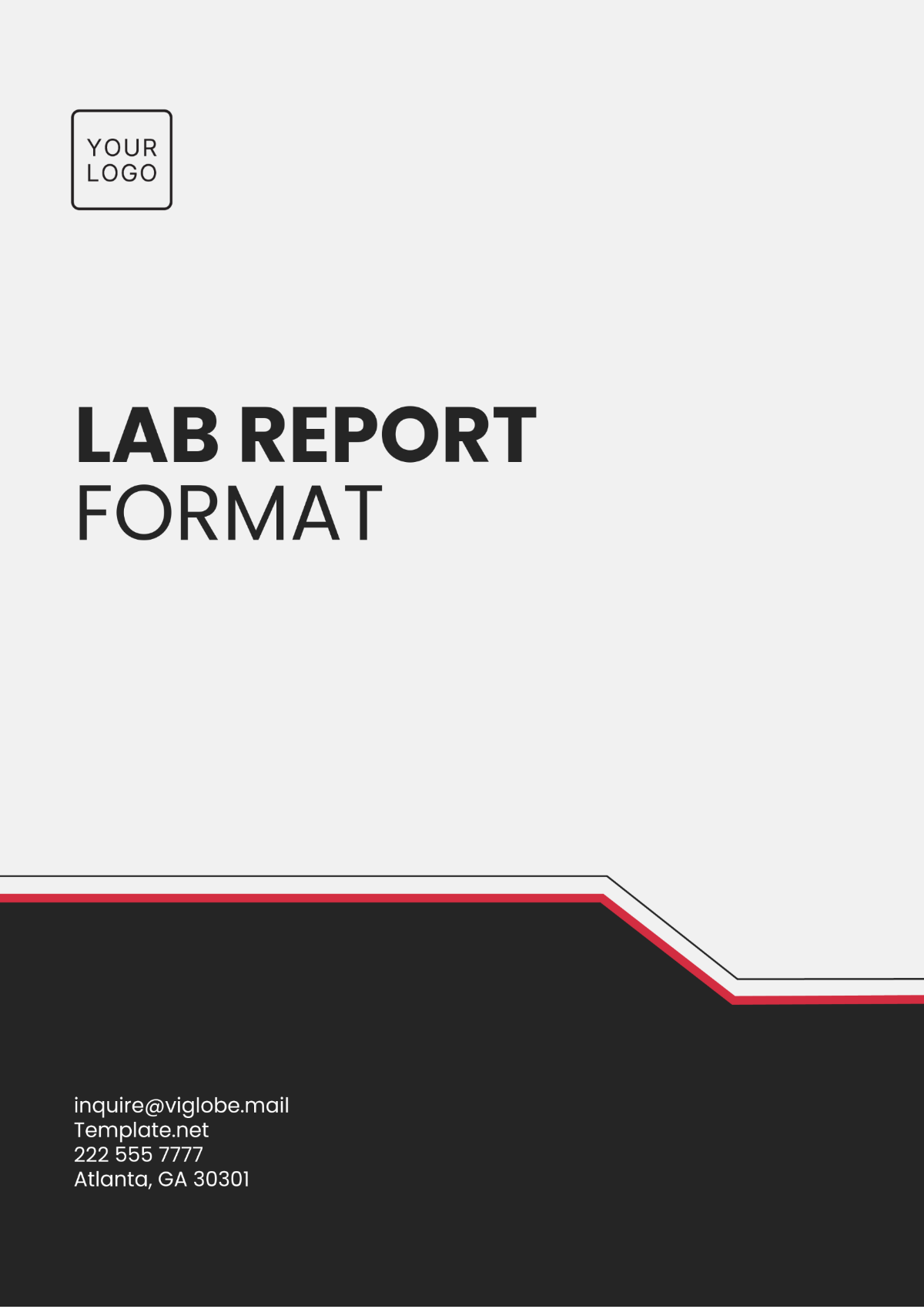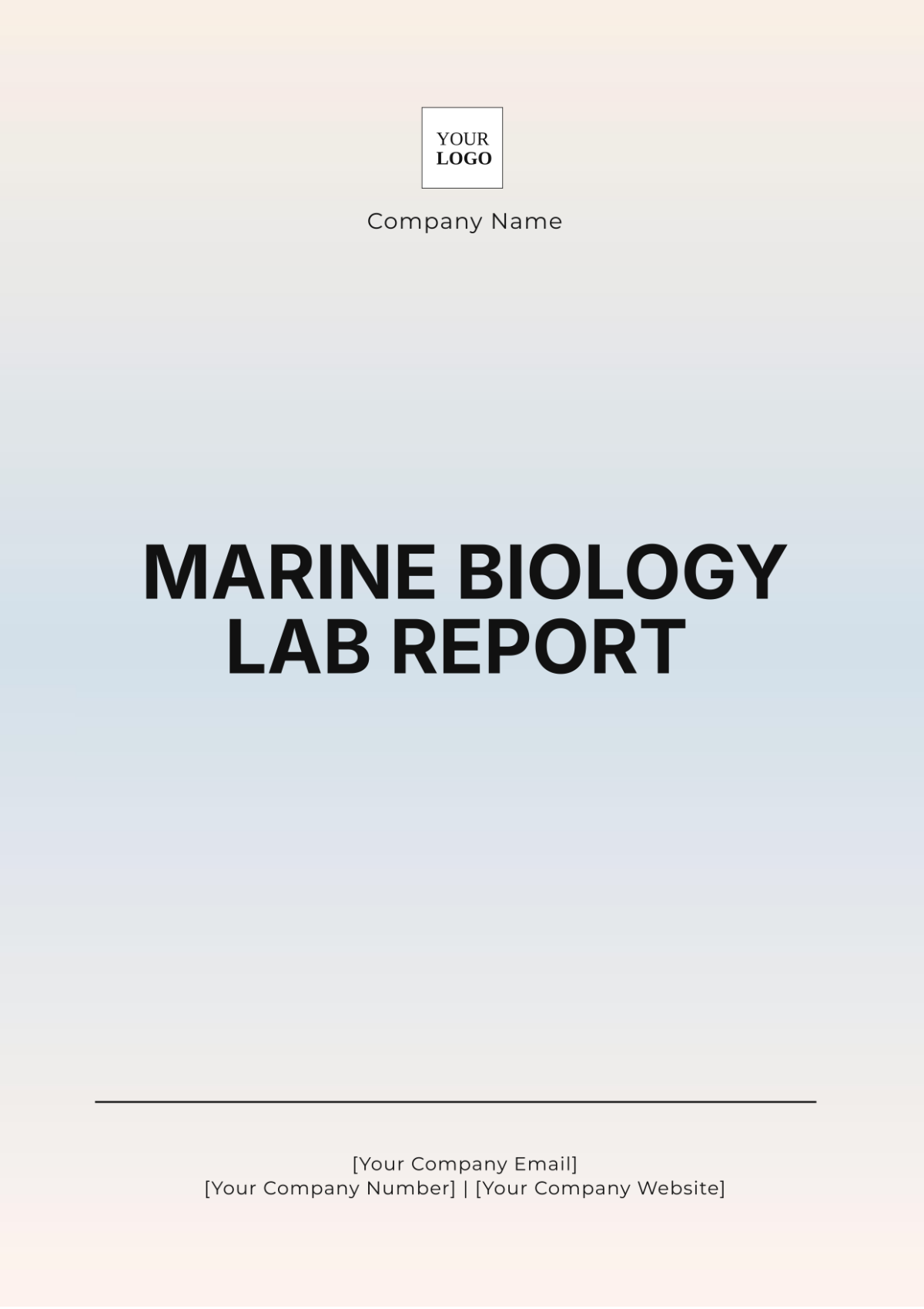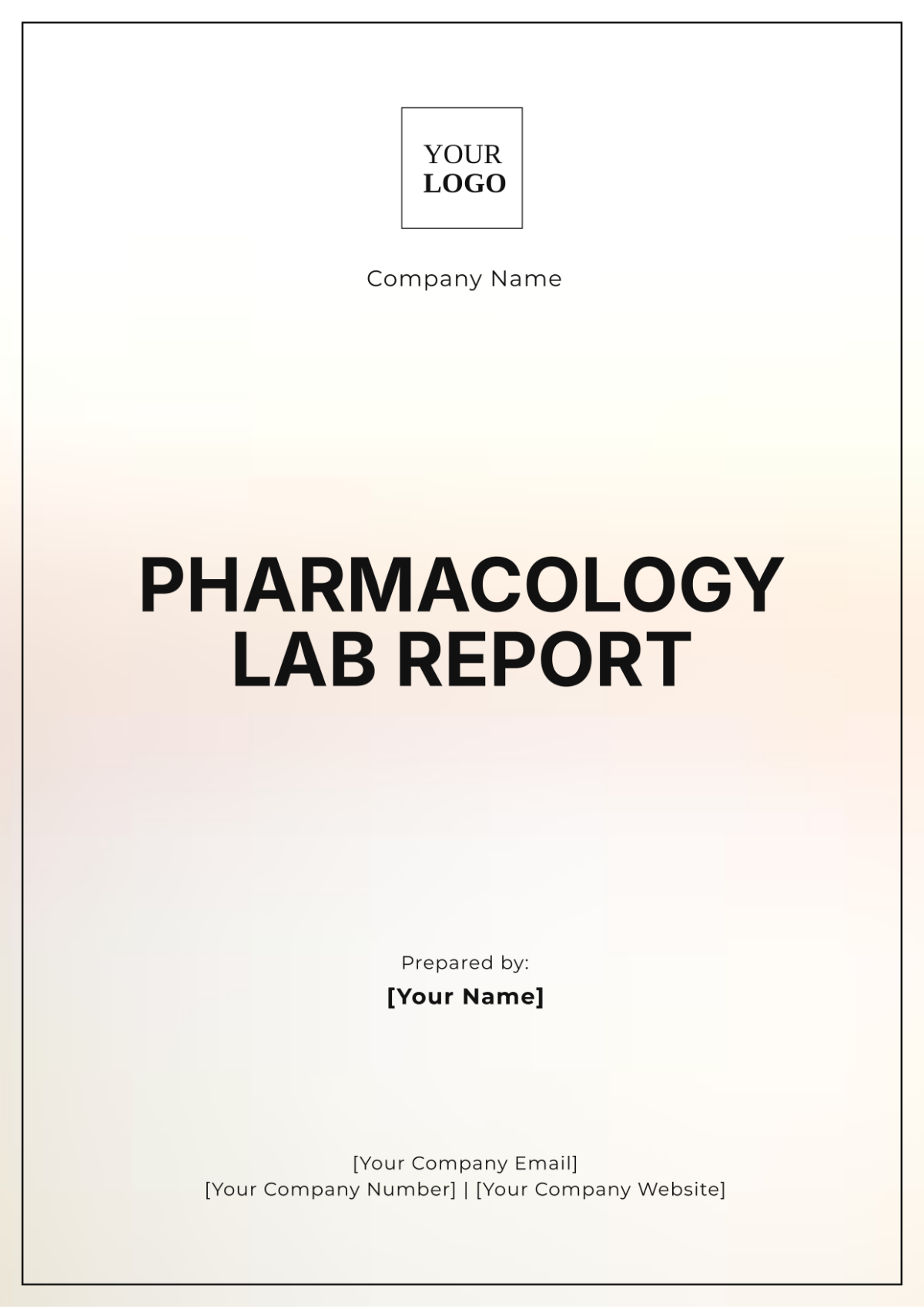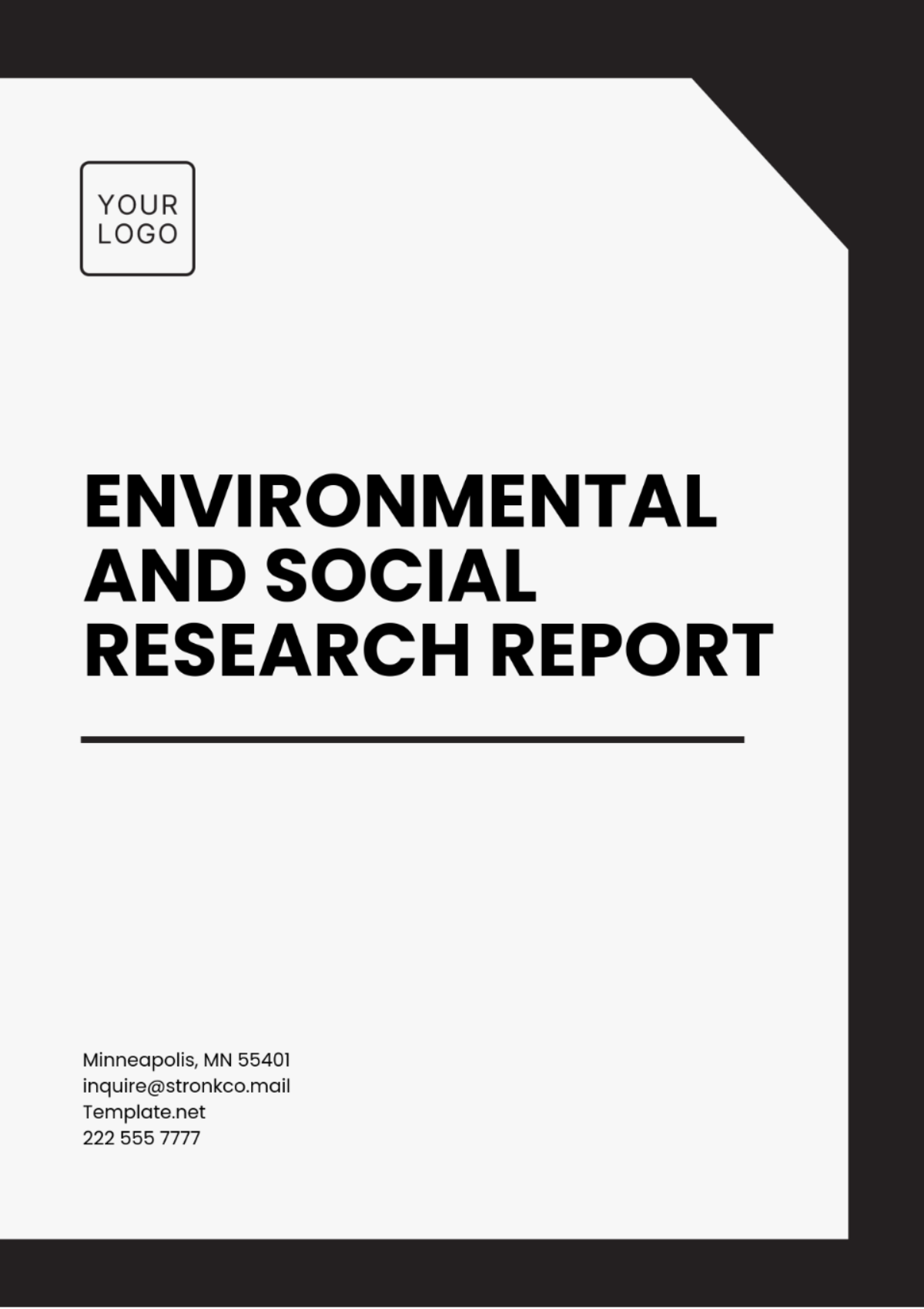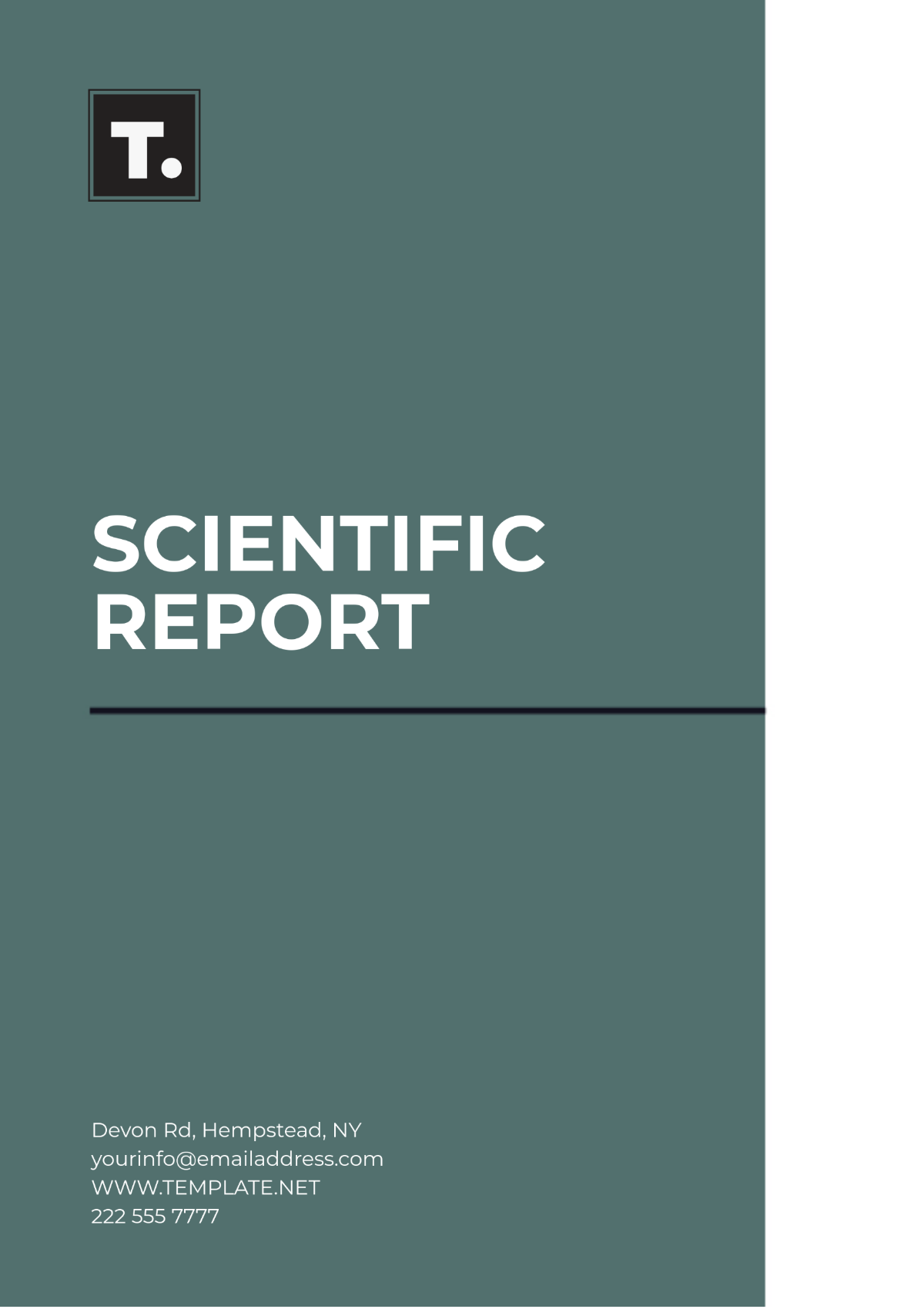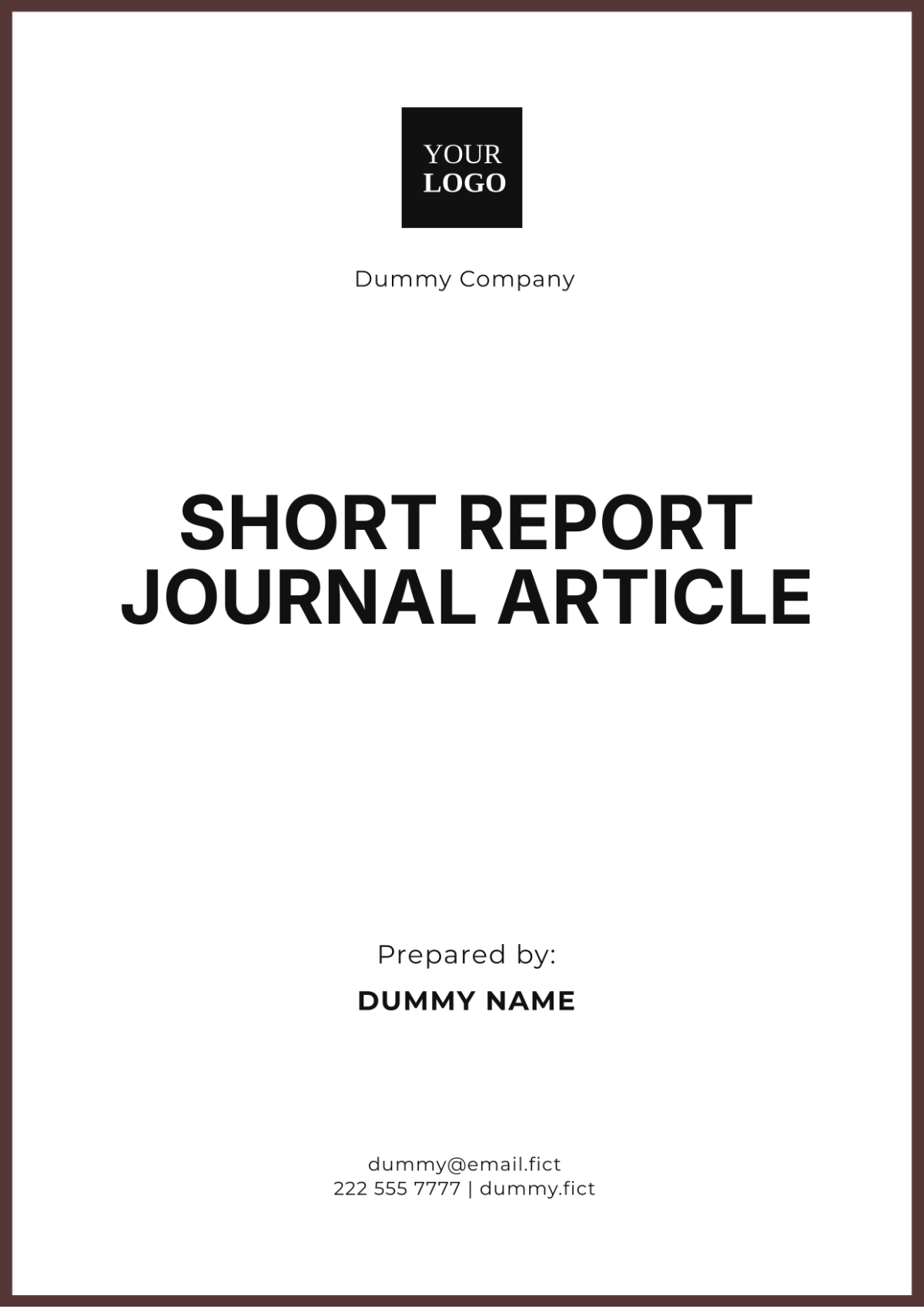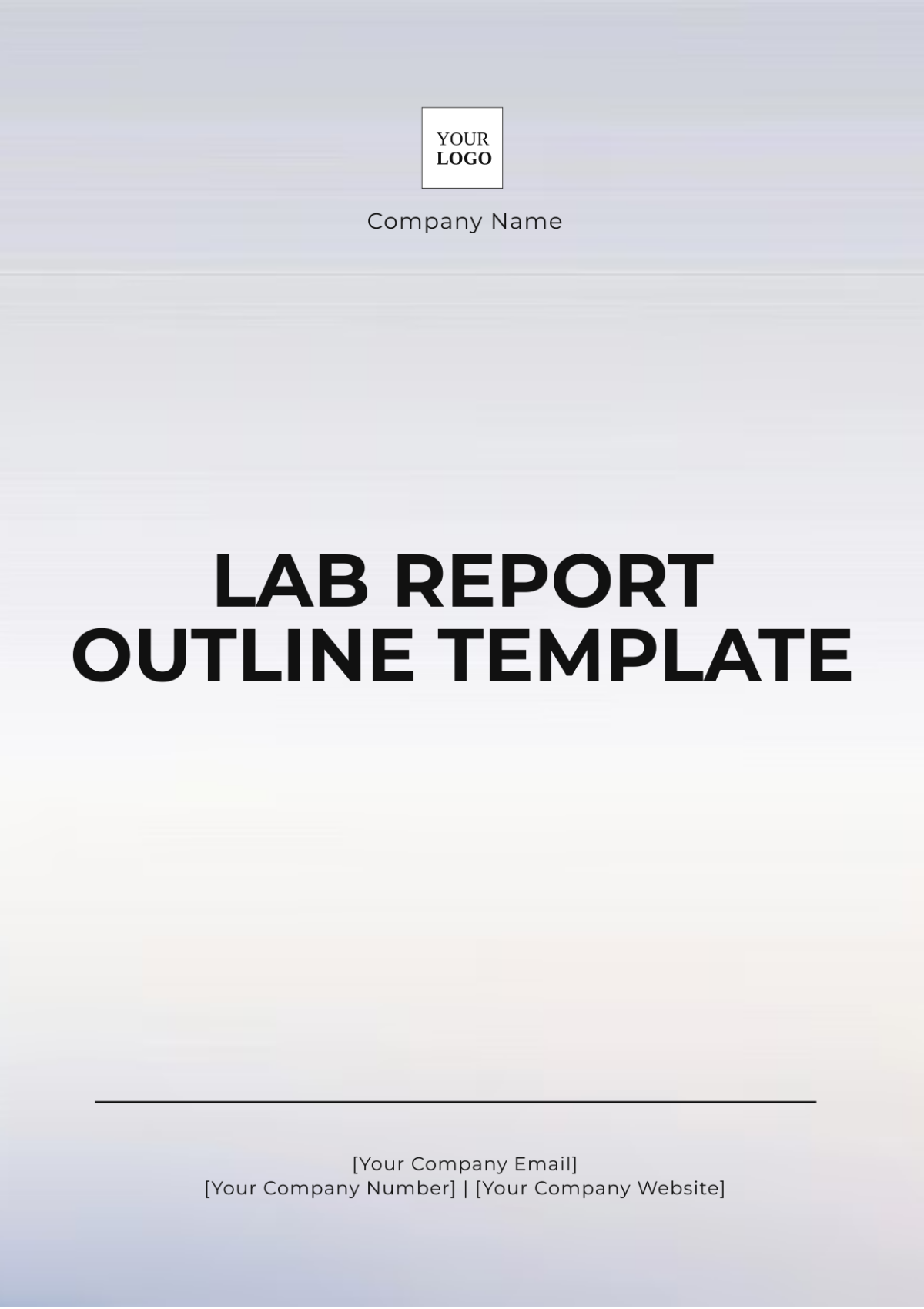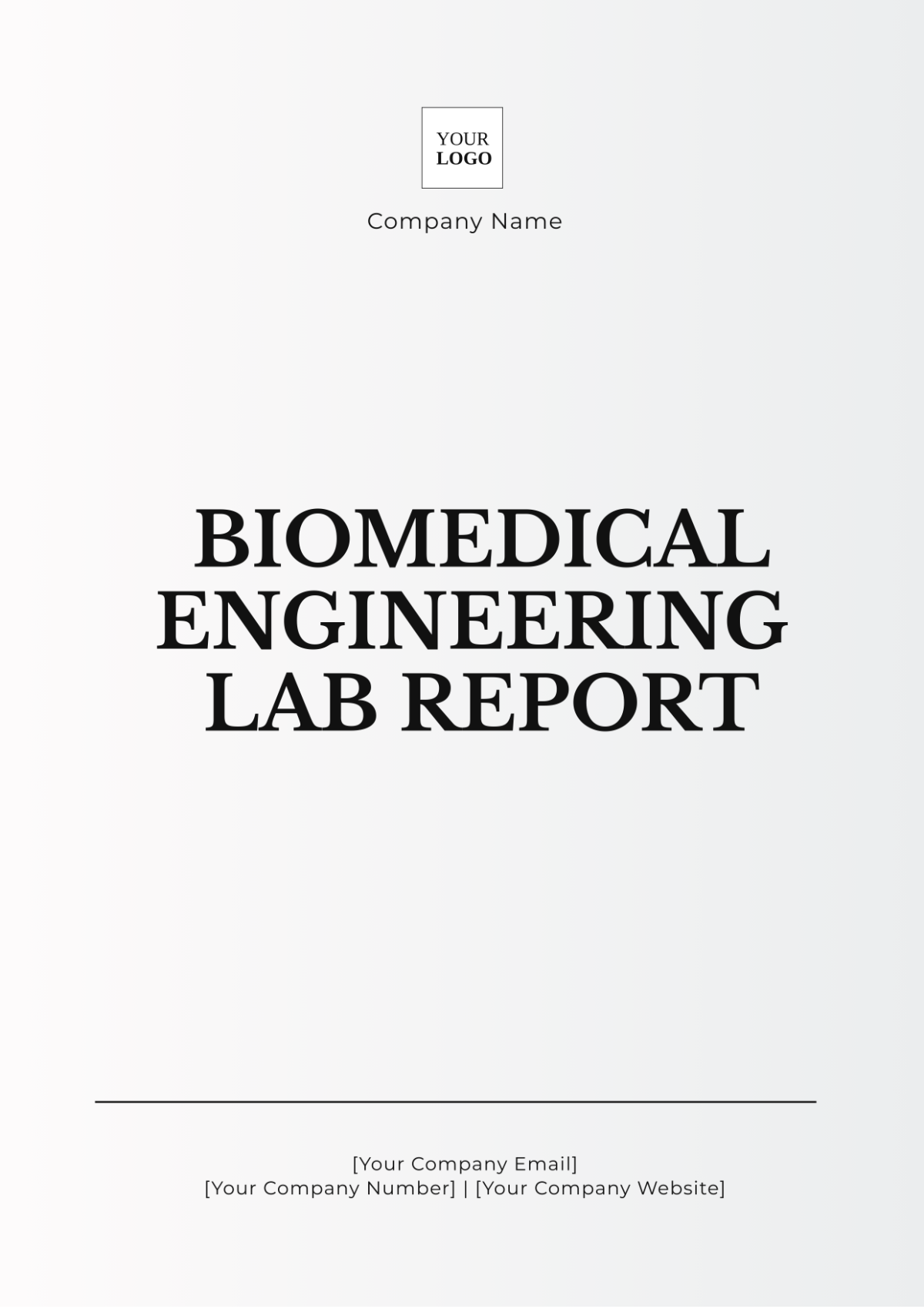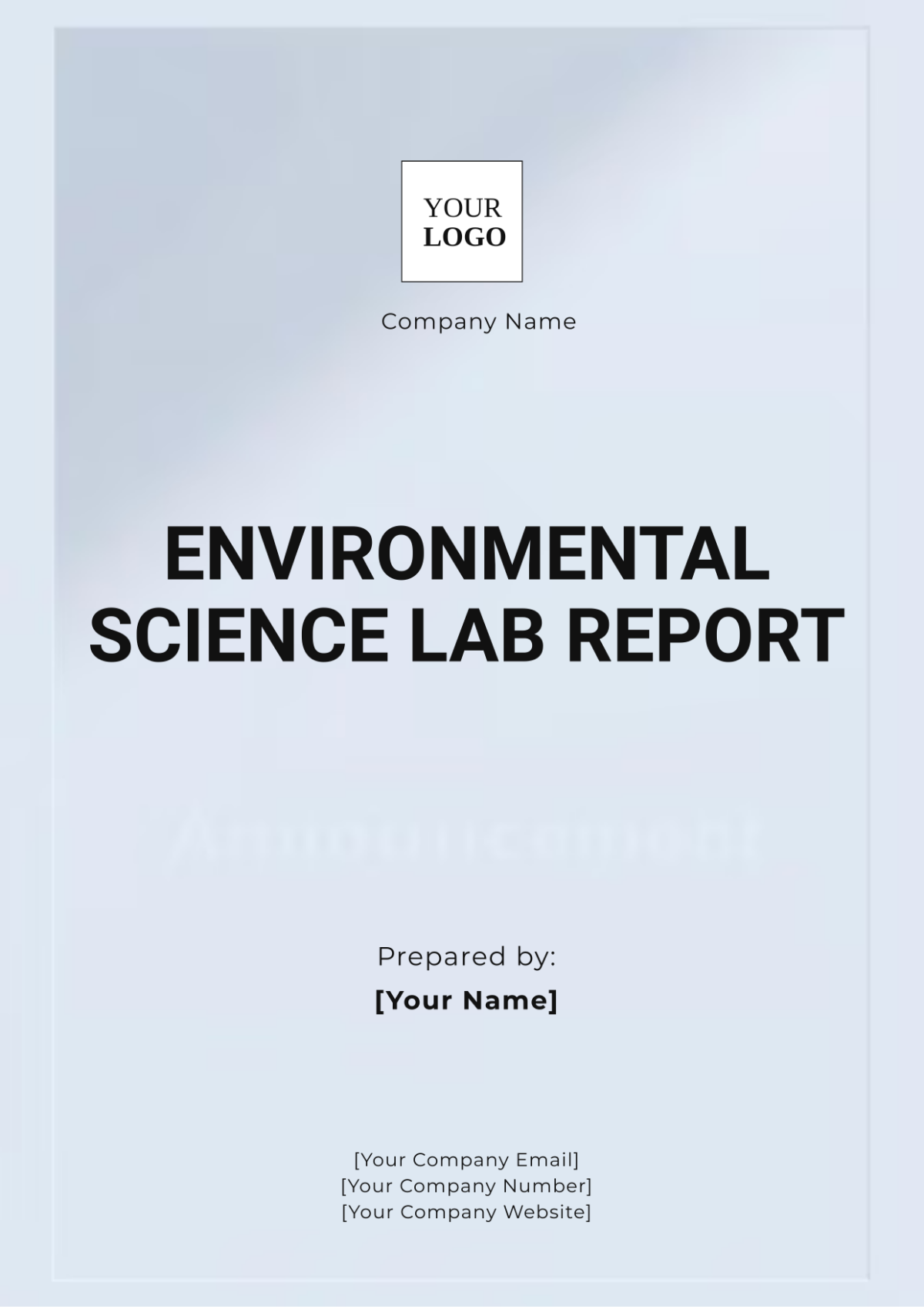Lab Report Citations
Introduction
The Lab Report Citations is a structured guide designed to aid in the organization and presentation of citations for sources referenced in a lab report. Proper citation is essential to lend credibility to scientific work, prevent plagiarism, and guide readers to additional resources. This template provides a systematic approach to managing and presenting citations.
Purpose
The purpose of this Report Citations is to:
Standardized Citation Practices: Establish a uniform method for citing sources to enhance readability and professionalism in lab reports.
Ensure Consistency and Accuracy: Maintain uniformity in citation formats to avoid discrepancies and errors.
Facilitate Source Retrieval: Provide clear and complete citation details so readers can easily locate the referenced materials.
Structure of the Lab Report Citations
The template is organized into the following sections:
In-text Citations
Reference List
Examples of Different Source Types
1. In-text Citations
In-text citations are used within the body of the lab report to acknowledge the sources of information or data that have been referenced. These citations should be concise and linked to the reference list. The format for in-text citations varies depending on the citation style (e.g., APA, MLA, Chicago).
Citation Style | In-text Citation Format |
|---|---|
APA | (Author, Year) |
MLA | (Author Page Number) |
Chicago | (Author Year, Page Number) |
2. Reference List
The reference list provides full bibliographic details for all sources cited in the lab report. This section typically appears at the end of the report. The format for each entry in the reference list depends on the citation style being used. Here are some general formats:
Citation Style | Format |
|---|---|
APA | Author(s). (Year). Title of the work. Publisher. |
MLA | Author(s). Title of the work. Publisher, Year. |
Chicago | Author(s). Year. Title of the work. Publisher. |
3. Examples of Different Source Types
The following examples illustrate how to cite various types of sources commonly referenced in lab reports:
1. Books
Books can provide in-depth information on a topic. The citation format will vary based on the number of authors and citation style. Here are some examples:
APA: Smith, J. (2050). The Science of Biology. Academic Press.
MLA: Smith, John. The Science of Biology. Academic Press, 2051.
Chicago: Smith, John. 2051. The Science of Biology. Academic Press.
2. Journal Articles
Journal articles are essential for citing recent research findings. Here is the format for citing a journal article:
APA: Brown, L., & Green, K. (2050). The impact of climate change on marine life. Journal of Marine Biology, 23(4), 123-134. doi:10.1016/j.jmb.2050.04.006
MLA: Brown, Laura, and Kevin Green. "The Impact of Climate Change on Marine Life." Journal of Marine Biology, vol. 23, no. 4, 2053, pp. 123-134. doi:10.1016/j.jmb.2053.04.006
Chicago: Brown, Laura, and Kevin Green. 2055. "The Impact of Climate Change on Marine Life." Journal of Marine Biology 23 (4): 123-134. doi:10.1016/j.jmb.2055.04.006
3. Websites
When citing websites, it's important to include the author, title of the page, website name, and the URL. Here are examples of different citation styles:
APA: National Institute of Health. (2050).
MLA: National Institute of Health.
Chicago: National Institute of Health. (2052).
Conclusion
Using pre-formatted Lab Report Citations ensures that citations are organized, accurate, and consistent. By following this template, researchers can ensure they are correctly referencing sources, making their work more credible and easier to follow for others in the scientific community.














